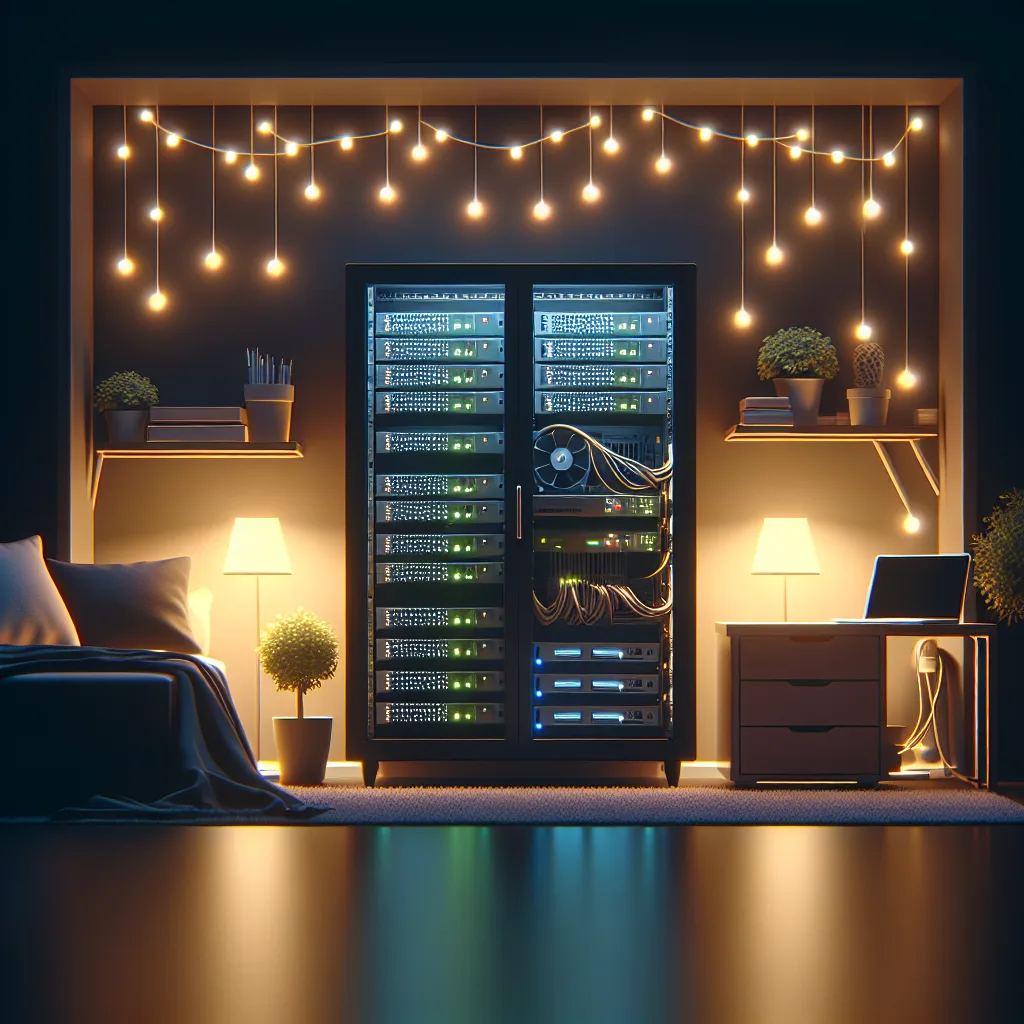Thinking about building your first home lab? Discover if buying older, used hardware like an X99 motherboard and i7 CPU is a smart move for your budget.
I love the idea of a home lab. It’s this personal playground where you can experiment with tech, host your own services, and just… learn. But getting started can feel intimidating. The cost, the complexity, the fear of buying the wrong thing. It’s a lot.
So, when I stumbled upon a deal for some older hardware, I had to pause and think. Is this a brilliant shortcut or a beginner’s trap?
The bundle in question was an ASRock X99 motherboard, an Intel i7-5820K processor, and 32GB of RAM, all for €200. I already had a case, a power supply, and a stack of hard drives ready to go.
On the surface, it sounds like a steal. But this hardware is from around 2014. In the tech world, that’s practically ancient history. So, the real question is: is it a good purchase for a first home lab today?
Let’s Break Down the Parts
First, let’s look at what we’re dealing with. This isn’t your typical desktop setup from back in the day. The X99 platform was what Intel called “High-End Desktop” or HEDT. It was built for professionals and enthusiasts who needed more power than the average consumer.
- The CPU (Intel i7-5820K): This is the heart of the system. It has 6 cores and 12 threads. In simple terms, that means it’s great at multitasking. Modern entry-level chips might be more efficient, but having 12 threads is fantastic for running multiple things at once, which is the whole point of a home lab. You can run several virtual machines (VMs) or a bunch of Docker containers without this CPU even breaking a sweat.
- The RAM (32GB DDR4): RAM is what your server uses to juggle active programs. 32GB is a fantastic starting point. It’s enough to run a file server, a media server like Plex, a smart home dashboard like Home Assistant, and still have room to spare for other projects. The fact that the X99 platform supports quad-channel memory is a nice little performance boost, too.
-
The Motherboard (ASRock X99 Extreme4): This is the foundation that connects everything. A good X99 board like this one is packed with features. It has tons of SATA ports, which is perfect for someone like me who has a bunch of hard drives (I’ve got eight 3TB drives) to create a massive storage pool. It’s a stable, reliable board built for heavy workloads.
So, What Could You Do With It?
This is where it gets exciting. This isn’t just a pile of old parts; it’s a launchpad. With this hardware, you could build an incredibly capable all-in-one server.
My first thought was a Network Attached Storage (NAS) system. With 24TB of raw storage from my existing drives, I could use software like TrueNAS or Unraid to create a central hub for all my files. It would be perfect for backups, storing photos and videos, and even running a Plex server to stream movies to any device in the house. The i7-5820K is more than powerful enough to handle transcoding video on the fly.
But why stop there? The real magic is virtualization. By installing a hypervisor like Proxmox (which is free!), you can turn this one physical machine into dozens of virtual ones. Each VM or container acts like its own separate computer. You could run:
- A Pi-hole to block ads on your entire network.
- A Home Assistant instance to automate your smart home.
- A personal WordPress site to experiment with web development.
- A VPN server to securely access your home network from anywhere.
With 6 cores and 32GB of RAM, you can run all of this at the same time. That’s the kind of power that sparks real learning and creativity.
The Honest Downsides
Of course, it’s not all perfect. There are reasons this hardware is so cheap.
Power Consumption: This is the big one. An i7-5820K and an X99 motherboard will use significantly more electricity than a modern Intel Core i3 or a Raspberry Pi. It won’t be a crazy amount, but you will notice it on your monthly bill. It’s the trade-off for getting so much performance for such a low upfront cost.
Age and Reliability: These parts are almost a decade old. They are well past their warranty period. If a component fails, you’ll be hunting for replacements on the used market, which can be a hassle.
No Frills: The i7-5820K doesn’t have integrated graphics. This means you’ll need to find a cheap, basic graphics card just to handle the initial setup and any troubleshooting. You can often find one for less than €20.
The Verdict: A Great Starting Point
So, is this €200 bundle a good purchase for a first home lab? Absolutely, one hundred percent yes.
For someone just starting, the price-to-performance ratio is unbeatable. You are getting a massive amount of computing power for the price of a few fancy dinners. This setup is powerful enough to grow with you. You can start with a simple file server and slowly add more services and virtual machines as you learn.
It forces you to get your hands dirty. You’ll learn about hardware, about power management, and about how to build and configure a server from the ground up. The potential downsides are real, but they are also part of the learning experience.
If your goal is to learn and experiment without breaking the bank, deals like this are golden. It’s the perfect, low-risk entry into a deeply rewarding hobby.
